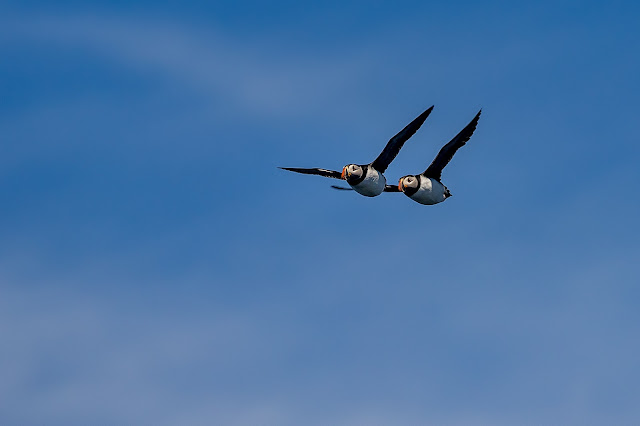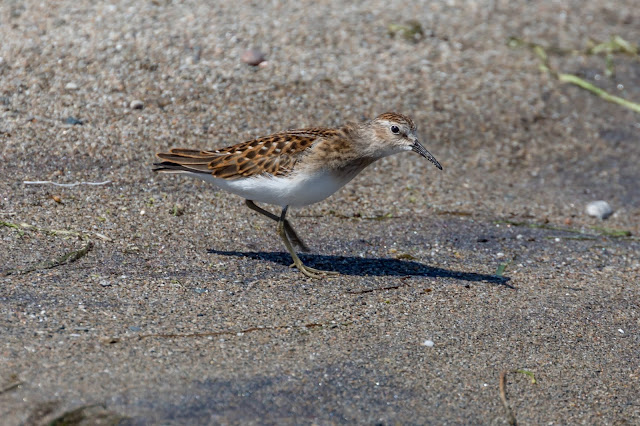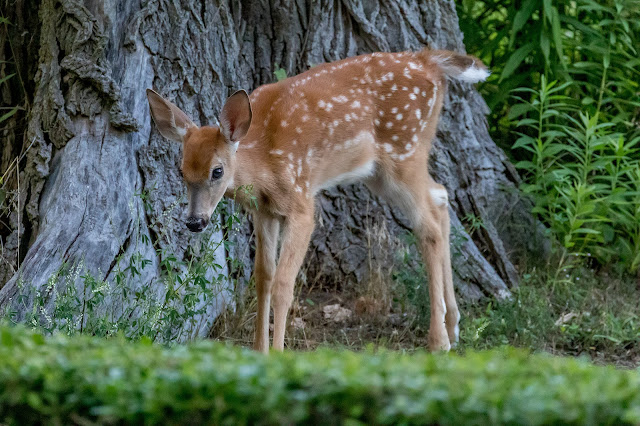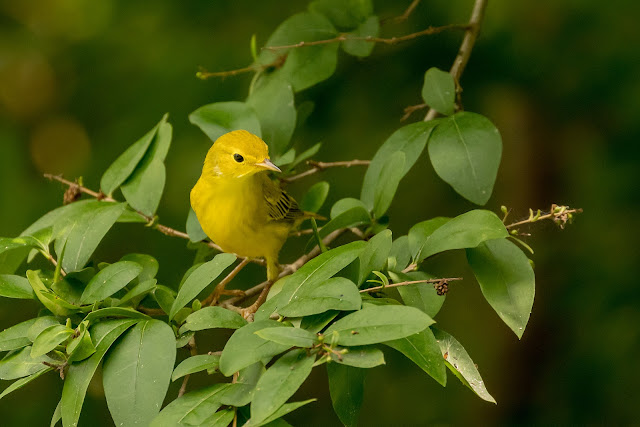Migratory Grasshopper
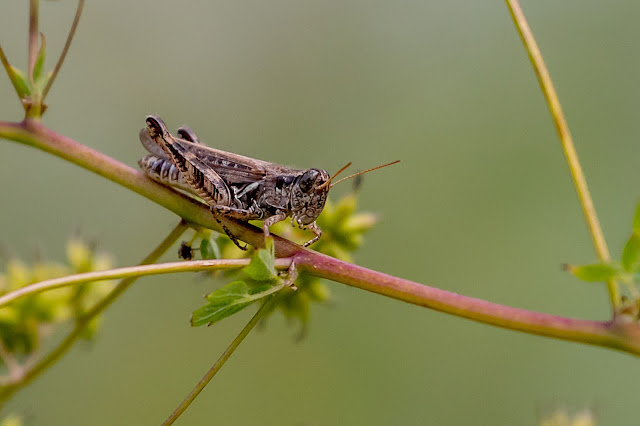
Rondeau Provincial Park, Ontario, Canada. In the front yard, another of Anne's finds. She is into inaturalist and inspects every plant at least once a day. Melanoplus sanguinipes Is a species of spur-throated grasshopper in the family Acrididae. Other common names include the lesser migratory grasshopper and red-legged grasshopper. It is found in the Caribbean and North America.















